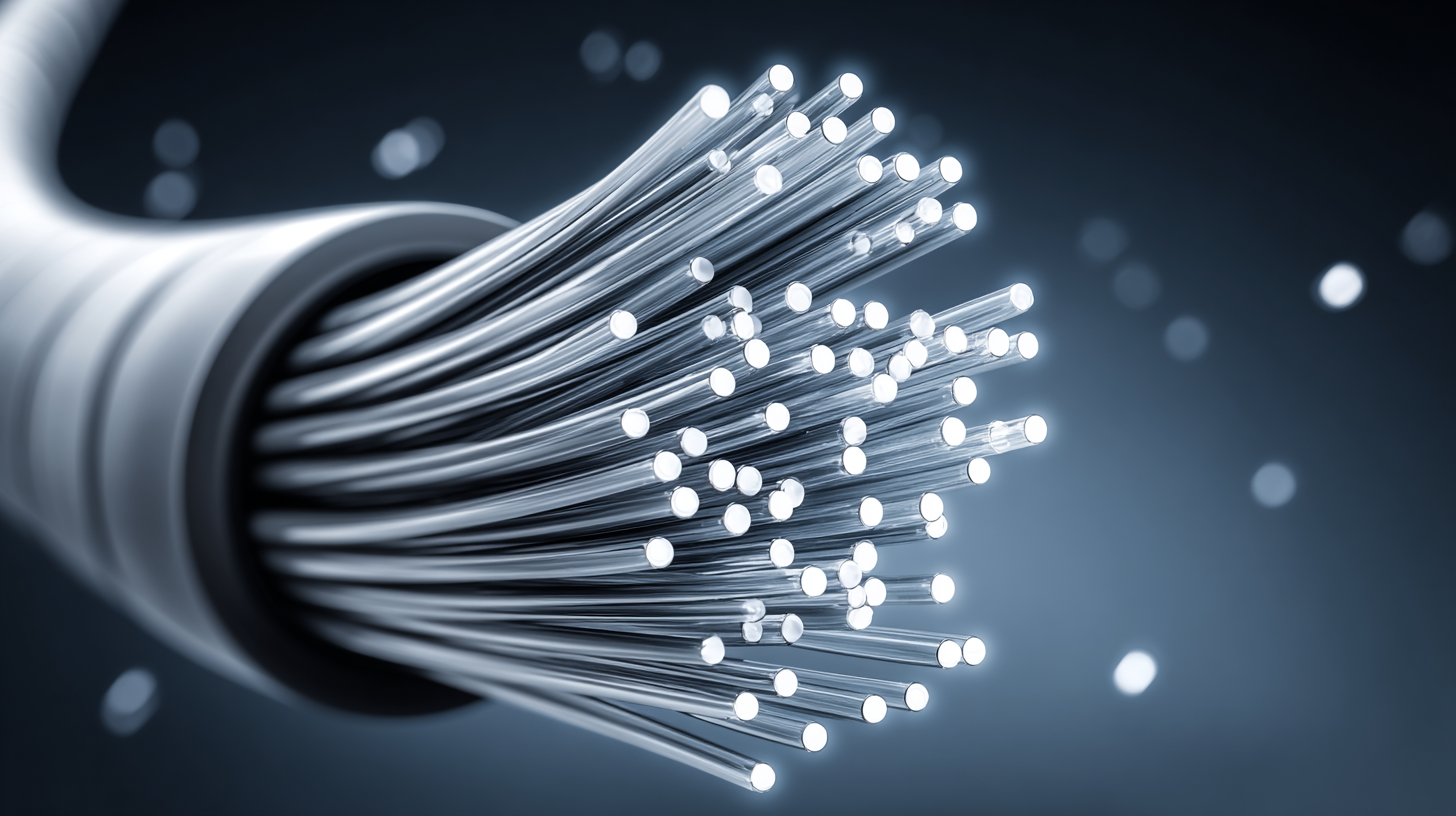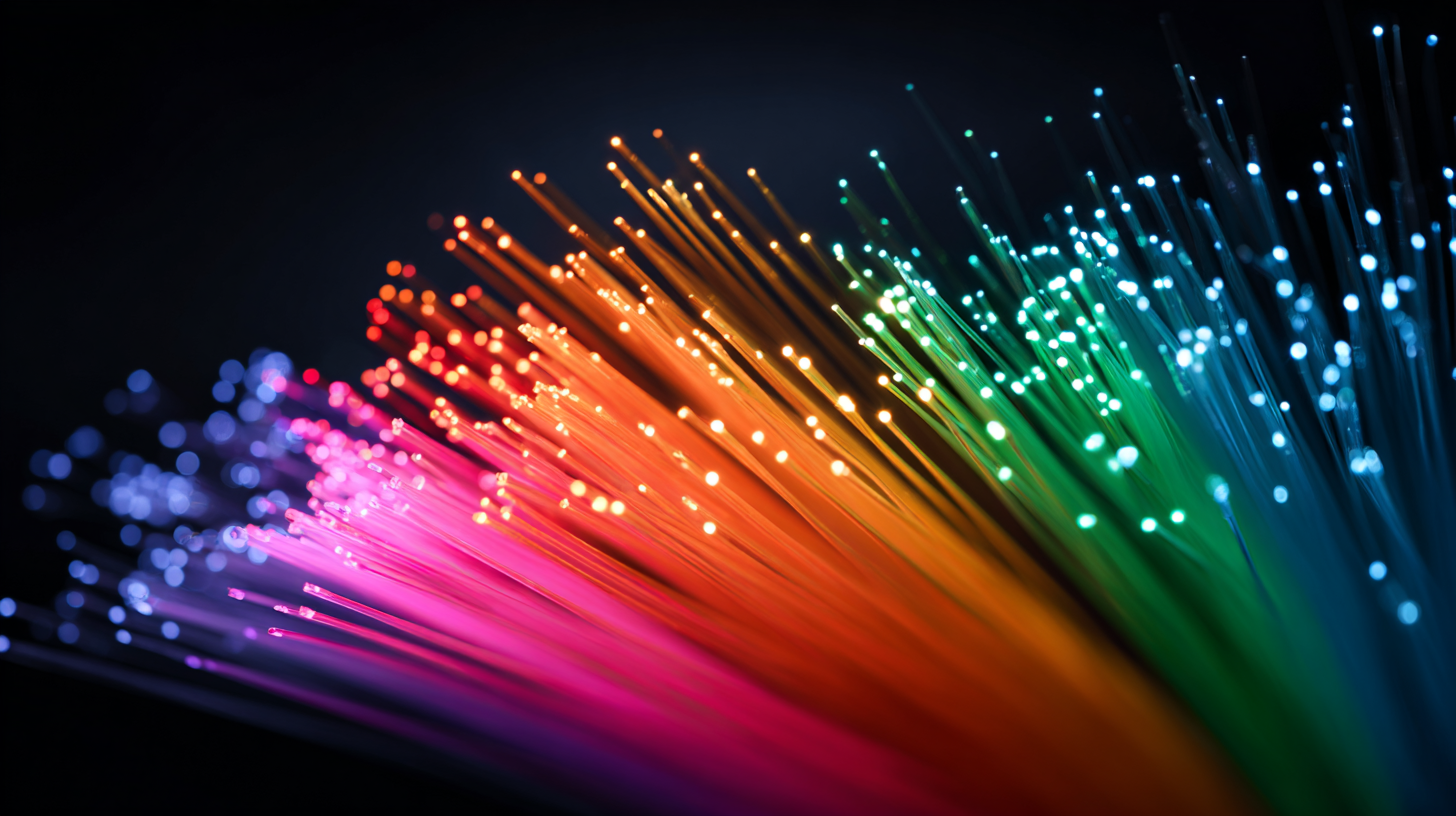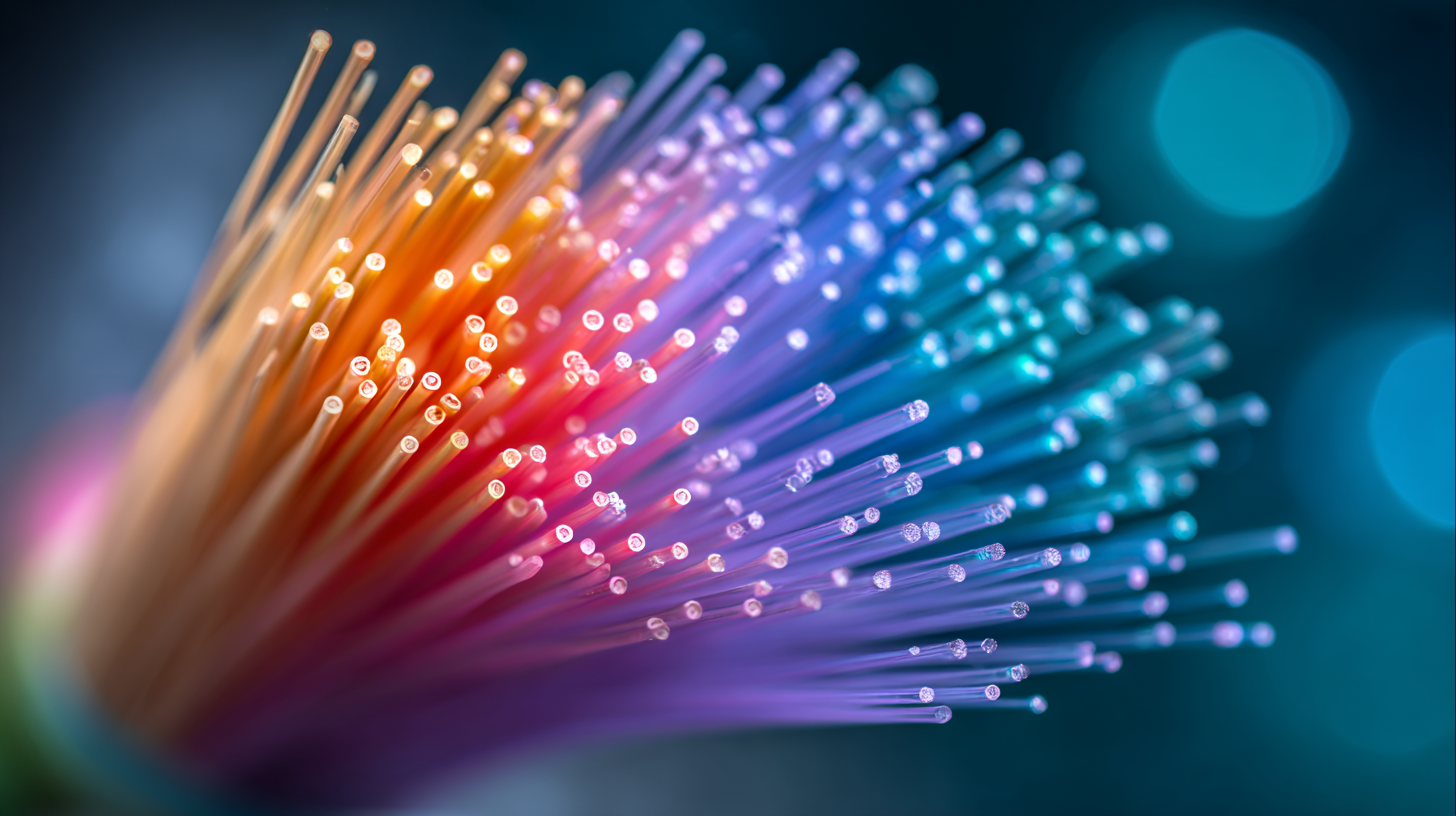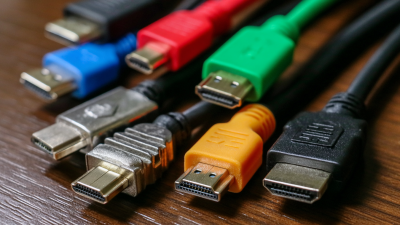Maximize Your Network Potential with Fiber Cable Insights and Best Practices
In today's fast-paced digital landscape, maximizing network potential is crucial for both businesses and individuals alike. One of the most effective tools at our disposal is fiber cable technology, which offers unparalleled speed, reliability, and bandwidth compared to traditional copper cables. This blog aims to provide insights and best practices on how to leverage fiber cable to enhance your networking capabilities.

From understanding the different types of fiber cables to the installation process and maintenance tips, we will guide you through the essentials needed to ensure optimal performance. By implementing these strategies, you can unlock the full potential of your network, streamline communication, and support the increasing demand for data-intensive applications, making fiber cable an indispensable asset in any modern infrastructure.
Understanding Fiber Optic Cable: Types and Their Applications in Modern Networks
Understanding fiber optic cable is essential for navigating the complexities of modern network infrastructures. Fiber optics come in several types, primarily single-mode and multi-mode, each tailored for specific applications. Single-mode fiber is designed for long-distance communication, allowing data to travel over greater distances with minimal signal loss. In contrast, multi-mode fiber is ideal for shorter distances, making it suitable for within-building installations where high bandwidth is needed but distances are relatively short.
In 2023, the fiber optics industry continues to evolve, driven by the demand for faster and more reliable data transmission. With over 95 percent of global telecommunications relying on fiber optic networks, innovations in deployment and the integration of fiber with existing technologies are crucial. Factors such as cost-effective network rollouts and advanced sensing capabilities in fiber cables are enhancing performance and expanding connectivity. These developments not only improve existing infrastructure but also provide essential support for sectors like military and aerospace, where real-time intelligence and seamless communication are paramount.
Key Benefits of Fiber Optic Technology Compared to Traditional Copper Cables
Fiber optic technology represents a significant leap forward compared to traditional copper cables, offering numerous key benefits that can maximize your network potential. One of the primary advantages is the speed; fiber optics can transmit data at rates surpassing 1 Gbps, allowing for faster uploads and downloads, essential for businesses reliant on real-time data processing. Additionally, fiber cables are less susceptible to interference compared to copper, providing a more reliable connection, which is crucial for maintaining service quality, especially in high-demand environments.
When considering a switch to fiber optics, it’s important to keep some best practices in mind. First, ensure proper installation by consulting with professionals who understand the intricacies of fiber infrastructure. Also, regularly inspect and maintain your cables to prevent performance issues. Finally, as your network grows, plan for scalability; choosing the right type of fiber cable can accommodate future upgrades without requiring a complete overhaul. With these insights, you can harness the full potential of fiber optics for your organization.
Market Trends and Statistics: The Growth of Fiber Network Infrastructure Through 2025
The fiber optics industry is experiencing remarkable growth, driven by an increasing demand for high-speed internet access worldwide. According to recent industry reports, the global fiber optic cable market is projected to expand at a compound annual growth rate (CAGR) of 10.5% through 2025. This surge is primarily fueled by advancements in technology and the growing need for improved broadband services, particularly in underserved and rural areas.

Statistics show that as of 2022, more than half of the global population had access to the internet, with a significant portion relying on fiber optic technology for faster and more reliable connections. In fact, countries investing heavily in fiber network infrastructure, such as those in Asia-Pacific and North America, are experiencing impressive increases in internet speed and bandwidth capacity. By 2025, it is estimated that over 50% of households in these regions will be connected via fiber-optic networks, highlighting the crucial role of fiber optics in bridging the digital divide and enhancing global connectivity.
Best Practices for Implementing Fiber Optic Solutions in Your Organization
Implementing fiber optic solutions in your organization can significantly enhance your network performance, offering higher speeds and better bandwidth. According to a report by the International Telecommunication Union, fiber optics can deliver up to 1 Gbps speeds, which is up to 100 times faster than traditional copper connections. This means that businesses can not only improve their day-to-day operations but also support the increasing demand for data-intensive applications.
When adopting fiber optic technology, it's crucial to follow best practices to ensure a successful implementation. First, conduct a thorough network evaluation to determine your current infrastructure's capabilities. This assessment will help identify potential upgrades needed to support fiber optics. Additionally, engaging with experienced professionals for proper installation can prevent costly mistakes and downtime.
Tip: Always choose the right type of fiber cable—single-mode or multi-mode—depending on your organization’s requirements. Single-mode fibers are typically used for long-distance communication, while multi-mode fibers are ideal for shorter distances.
Another essential practice is to regularly test and maintain your fiber network. According to the Fiber Optic Association, regular testing can help detect issues before they escalate, ensuring your network remains efficient and reliable.
Tip: Implement a routine maintenance schedule that includes visual inspections and equipment checks to prolong the lifespan of your fiber optic systems.
Future Innovations in Fiber Optic Technology: What to Expect in Network Development
As we look to the future of network development, fiber optic technology is on the cusp of transformative innovations that promise to reshape our connectivity landscape. Emerging advancements like space-division multiplexing (SDM) and optoelectronic integration are set to significantly increase data transmission capacities. SDM allows multiple signals to be sent through a single fiber, vastly improving bandwidth efficiency, while optoelectronic integration can lead to smaller, more cost-effective transceivers. These innovations will enable networks to handle the ever-growing demand for faster, more reliable internet connections.

Another exciting trend is the potential integration of artificial intelligence in fiber optic networks. AI algorithms can optimize network performance by predicting traffic patterns and automating maintenance tasks. This will not only enhance network reliability but also reduce operational costs. As consumer and business demands evolve, leveraging these cutting-edge technologies will be crucial for maximizing network potential, ensuring seamless connectivity for the future. The continued investment in research and development in fiber optic technology is essential, as it paves the way for a digitally interconnected world that thrives on high-speed communication.
Related Posts
-

Challenges Faced by Businesses Using Ineffective Cable Management Tools
-

5 Digital Insights and Tips for Choosing the Right Optic Cable to Enhance Your Network Performance
-

7 Best Cable Connectors You Should Invest In Right Now
-

How to Choose the Right Coax Adapters for Your Connectivity Needs
-

How to Select the Best RJ45 Cable Tester for Your Networking Needs: A Comprehensive Guide
-

Understanding the Consequences of RJ45 Tester Misconfigurations in Network Performance






